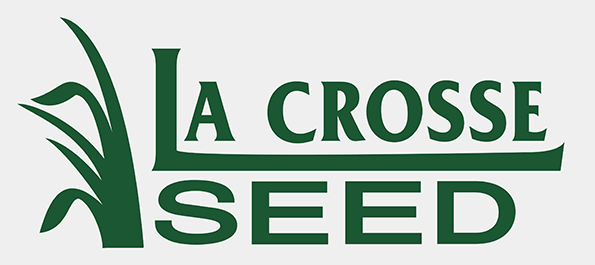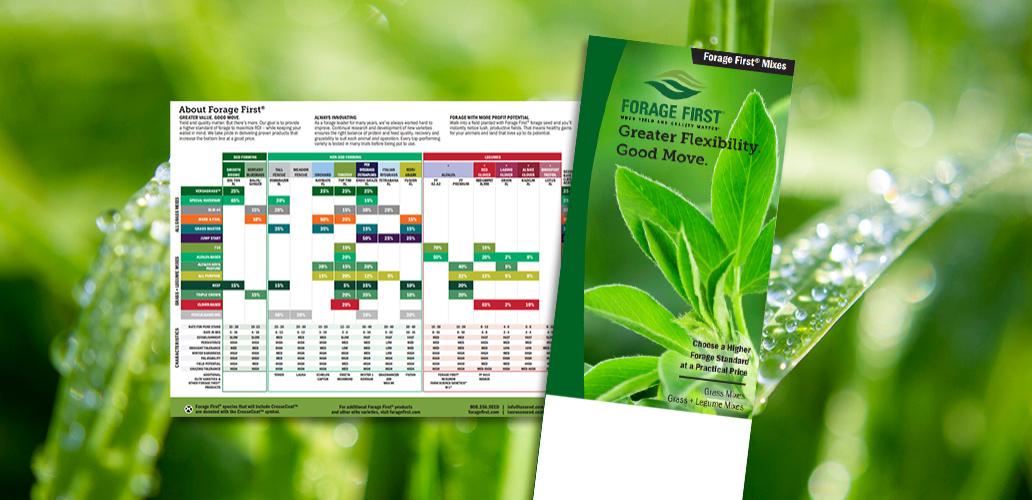Forage First Guide I Summer Select Guide
Greater Value. Good Move. Yield and quality matter. But there’s more. Our goal is to provide a higher standard for forage to maximize ROI– while keeping your wallet in mind. We take pride in delivering proven products that increase the bottom line at a good price.
.jpg&Width=940&Crop=5&quality=100)
Summer Select 94 MS forage sorghum is an economical one cut forage option that produces large amounts of high energy forage. This male sterile forage sorghum will outperform the competition in yield and disease resistance while providing great seedling vigor. It is not uncommon to see sugar levels of the 94 MS forage above 15%.
CHARACTERISTICS:
1 = Poor; 5 = Excellent
Recovery After Cutting: 2
Double Crop: 3
Sugarcane Aphid Tolerance: 1
Standability: 4
Leaf Disease Resistance: 4
Traits: BMR 6 (Brown Mid-Rib); Male Sterile (MS)
Uses:
- Best suited for one-cut silage systems: 90 – 105 days to soft dough
- Can be cut for hay, as long as proper management is followed; not suited for grazing environments
SEEDING:
Planting Time:
May-July
Emergence (days): 10
Seeding Information:
Seeds/lb.: 14-16,000
Soil Temperature: 60 F
Depth (in.): 3/4-1
Days to Harvest (Soft Dough Stage): 90-105
Harvest Height (ft.): 8-9
Dryland Seeding (lbs./acre): 4-8
Irrigation/Hi-Rain Seeding (lbs./acre): 6-10
- Can be no-tilled into stubble of winter and spring crops
- Do not plant in soil with pH greater than 7.5 as iron chlorosis can be a problem
MANAGEMENT:
Fertility:
- Under favorable conditions, 1-1.25 lbs. of nitrogen/day of planned growth should be available for ultimate growth, with little risk for nitrate poisoning. For example, for a planned 95 day harvest, 95-118 lbs. of N should be available.
- Exceeding the recommended fertility above may have negative lodging results
- Potassium levels should be maintained similar to that of corn
- If soil pH is greater than 7.2, an application of iron may be necessary to prevent iron chlorosis
Harvest & Management Tips:
- Usually harvested about 110 days after planting
- Harvest prior to heading for higher protein levels; energy levels will increase upon heading
- Dry hay and/or baleage are applicable where and when proper harvest management is followed. Dry hay is suited for areas with less moisture and humidity; baleage offers more flexibility in all other areas.
- Harvest at proper moisture (yield and quality are maximized between 60-72%)
- Wide windows are required for baleage products to ensure rapid dry down
- For silage, keep chop length uniform (around 1/2 in.)
Avoiding Nitrate & Prussic Acid Poisoning:
- Do not harvest drought stricken plants within four days following a heavy rain
- Do not apply N prior to expected drought periods
- If in doubt, cut at higher stubble height as nitrates tend to accumulate in the lower stalk
- If high prussic acid is found, wait one month prior to feeding. Unlike excessive nitrates, prussic acid will escape from the plant over time.
- When questions about livestock safety remain, get forage tested promptly
Ratings
Scale 1-9, where 9 = best or most pronounced
SC Aphid Tolerance
Disease Resistance
Cutting Recovery
Double Crop
Standability
- High levels of sugar in plant (especially when grown to maturity)
- Resistant to anthracnose & downy mildew

.png)
.png)


.png)










